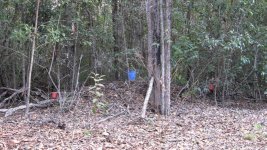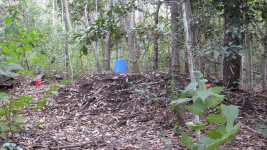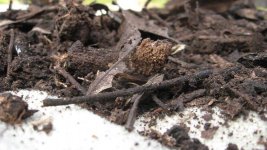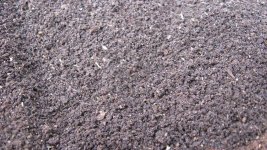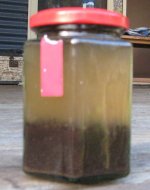W
wilbur
yerp. they are goin in de ground! they are going to grow huge and I won't have to water them once (can't anyway, they're too remote). none of them will be males or sex-altered. they will make me a happy man for quite a while.
on the basis that a bird in the hand is better than two in the bush xxx. I have an old turkeys nest that looks like it will provide me with a truckload of already finished compost. it's even pH neutral! do you know what turkey's nest is like, Silver ... guys ...?
the turkey's nest stuff will have to be gypsum-ed tho because water beads and will not soak into it. I used it late last year and after gypsum it soon accepts water.
ok, bye for now.
on the basis that a bird in the hand is better than two in the bush xxx. I have an old turkeys nest that looks like it will provide me with a truckload of already finished compost. it's even pH neutral! do you know what turkey's nest is like, Silver ... guys ...?
the turkey's nest stuff will have to be gypsum-ed tho because water beads and will not soak into it. I used it late last year and after gypsum it soon accepts water.
ok, bye for now.
Last edited:




